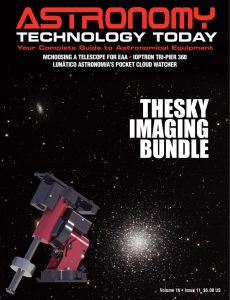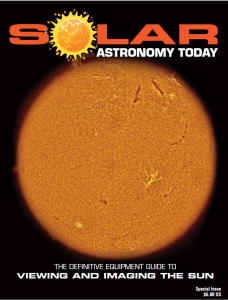The new Pentax XW 85 eyepieces, the XW23 and XW16, have been added to the PENTAX XW-series lineup featuring an extra -wide 70-degree apparent angle of view with 20mm eye relief to deliver an excellent wide-perspective image.
 The Pentax XW 85 eyepieces offer seven elements in five groups that provide views that are sharp right to the edge of the field of view. The optical design includes lanthanum glass elements with high refractive power and low dispersion to deliver a balanced image with minimal aberrations. They are particularly designed to reduce the disturbing blackout effect by effectively compensating the spherical aberration of the pupil.
The Pentax XW 85 eyepieces offer seven elements in five groups that provide views that are sharp right to the edge of the field of view. The optical design includes lanthanum glass elements with high refractive power and low dispersion to deliver a balanced image with minimal aberrations. They are particularly designed to reduce the disturbing blackout effect by effectively compensating the spherical aberration of the pupil.
All air-to-glass surfaces are treated with Pentax SMC multi-coating and all surfaces feature a coating to achieve light transmission of more than 90 percent (96 percent at 550nm) across the visible light spectrum. The XW series features a light-shielding diaphragm at the most effective position to reduce internal reflections for a brighter, higher-contrast image.
The XW series features JIS Class 4 weatherproof construction, making it possible to use the eyepieces in drizzle or under night dew.
Specifications of the 2” Pentax XW 85 eyepieces include:
– Focal Length: XW23- 23mm; XW16.516.5mm
– Lens Construction (Elements/Groups): 7/5
– Apparent Angle of View: 85°
– Eye Relief: 20mm (12mm)
– Length & Diameter [mm]: XW23 – 125 x 76; XW16.5 – 142 x 76
– Weight: XW23 – 770g: XW16.5 – 745g
You can learn more about the Pentax XW 85 eyepieces here.

 And to make it easier for you to get the most extensive news, articles and reviews that are only available in the magazine pages of Astronomy Technology Today, we are offering a 1-year magazine subscription for only $6! Or, for an even better deal, we are offering 2 years for only $9. Click here to get these deals which only will be available for a very limited time. You can also check out a free sample issue here.
And to make it easier for you to get the most extensive news, articles and reviews that are only available in the magazine pages of Astronomy Technology Today, we are offering a 1-year magazine subscription for only $6! Or, for an even better deal, we are offering 2 years for only $9. Click here to get these deals which only will be available for a very limited time. You can also check out a free sample issue here.
The sun is more active than it has been in years! If you’d like to learn more the technology behind solar observing, solar imaging and more, you can check out our free publication, “The Definitive Guide to Viewing and Imaging the Sun”. You don’t have to sign up or provide any information, simply click here and enjoy reading!

